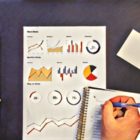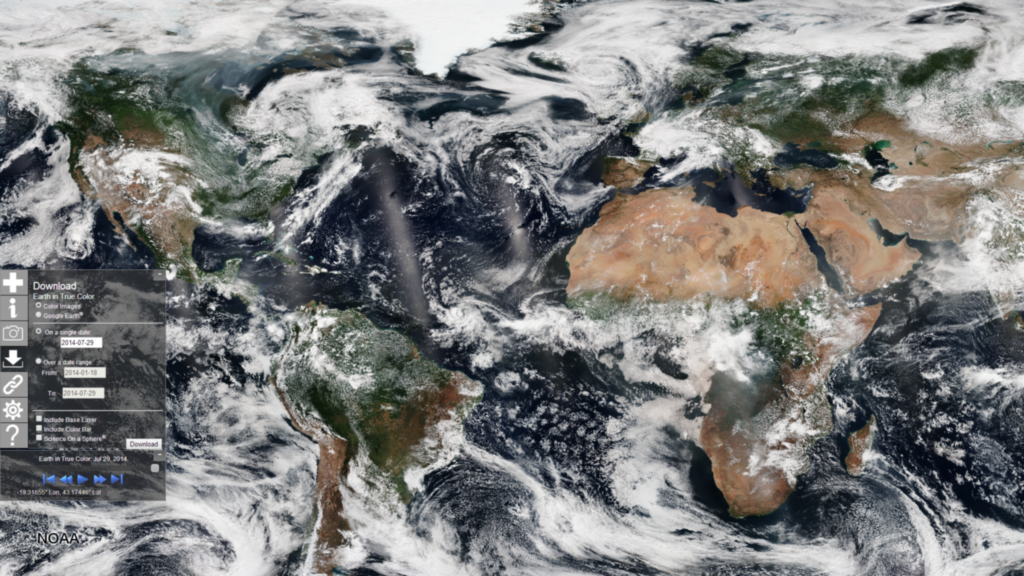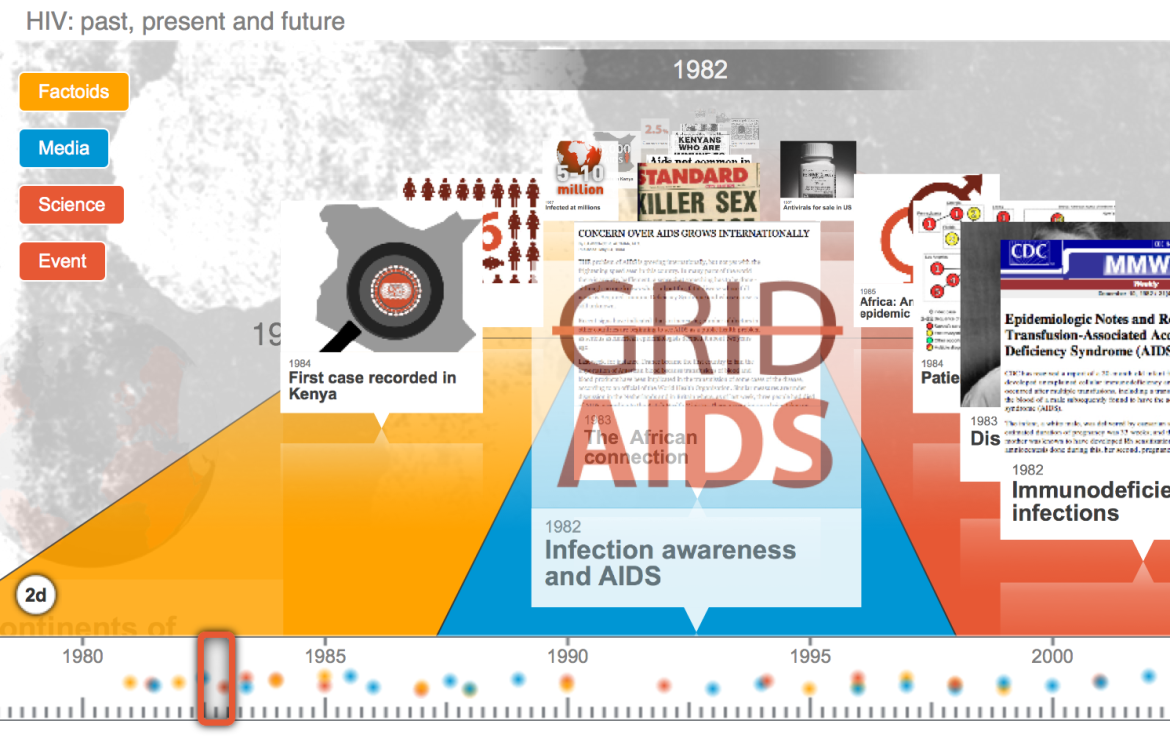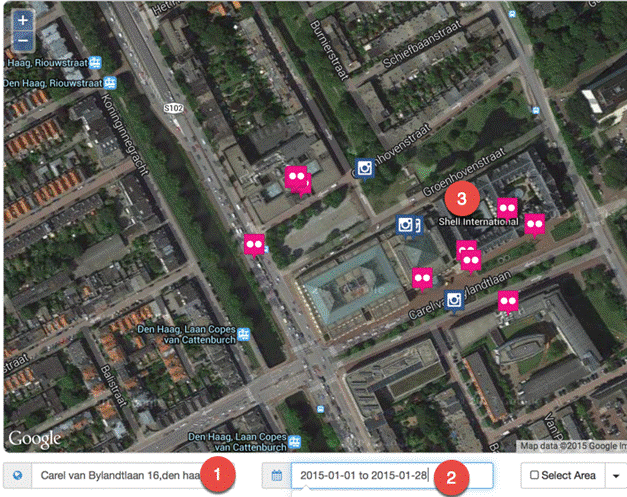Uncategorized
دليل المحقق اليومي
|
تحقيقات
التحقيق مع الرئيس التنفيذي للمجموعة الأعلامية القطرية beIN بتهمة الفساد
يجري التحقيق مع الرئيس التنفيذي للمجموعة الإعلامية القطرية beIN بتهمة الفساد من قبل السلطات الفرنسية، التي تشتبه في أنه دفع رشاوى في محاولة لمساعدة الدوحة على استضافة بطولة العالم لألعاب القوى. ويخضع يوسف العبيدلي، وهو عضو في مجلس إدارة شركة باريس سان جيرمان، للتحقيق القضائي بسبب “غسيل الأموال المشدد” وفقًا لصحيفة لوموند.







